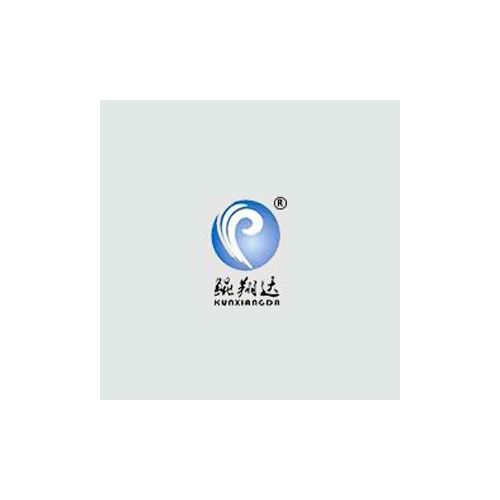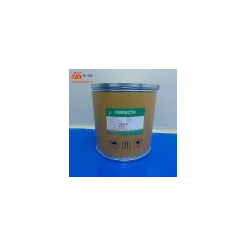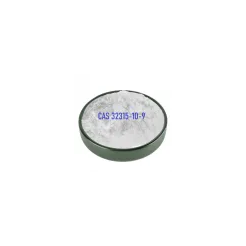Methyluracil Ointment
Methyluracil Ointment
Product Description
Methyluracil ointment, often referred to as meturacil ointment, is a topical medication that has been used for decades to address various skin issues and promote the healing of wounds. Its effectiveness in treating a range of dermatological conditions has made it a staple in many medicine cabinets and first-aid kits. In this article, we will explore the uses, benefits, and potential side effects of methyluracil ointment, shedding light on why it remains a popular choice for skin care and wound management.
Common Uses of Methyluracil Ointment
-
Wound Healing: One of the primary applications of methyluracil ointment is in the treatment of wounds, including cuts, abrasions, and burns. The ointment is believed to promote tissue repair by stimulating cell growth and collagen production at the wound site, leading to faster healing and reduced scarring.
-
Decubitus Ulcers (Pressure Sores): Methyluracil ointment is often employed in the management of pressure ulcers, commonly known as bedsores. Its ability to enhance tissue regeneration can aid in the healing of these painful and persistent sores, particularly in bedridden or immobilized individuals.
-
Dermatitis and Eczema: The anti-inflammatory properties of methyluracil make it a suitable option for alleviating symptoms associated with skin conditions like dermatitis and eczema. It can help reduce redness, itching, and swelling, providing relief to those suffering from these disorders.
-
Radiation Dermatitis: Cancer patients undergoing radiation therapy may experience radiation-induced skin damage. Methyluracil ointment can be used to soothe and repair the affected skin, minimizing discomfort and promoting healing.
-
Minor Skin Infections: Methyluracil ointment is sometimes used as an adjunct treatment for minor skin infections. It can support the body's natural defense mechanisms by aiding in the repair of damaged skin.






